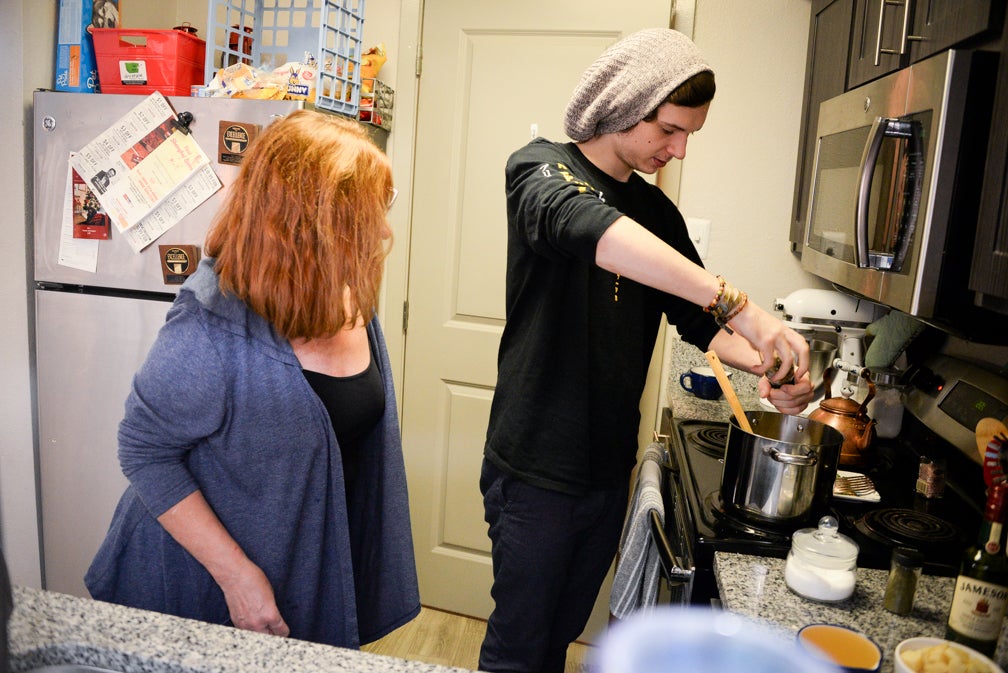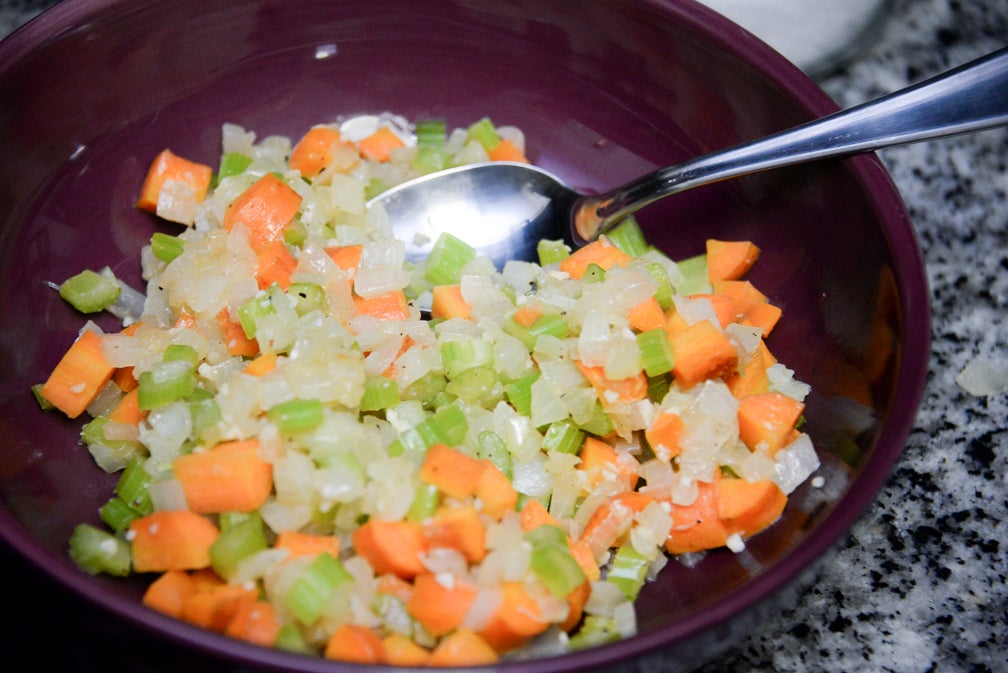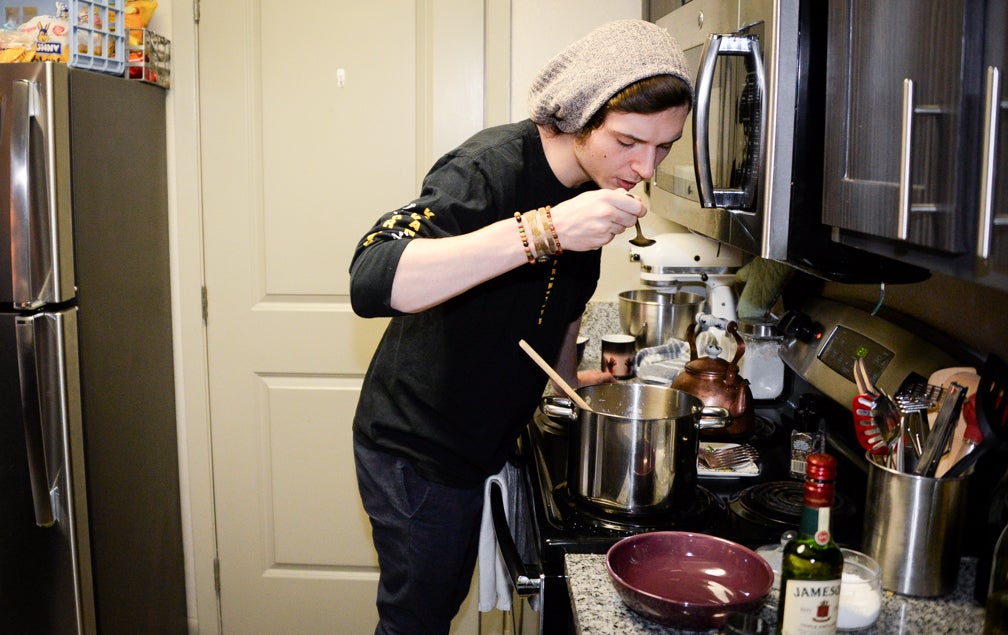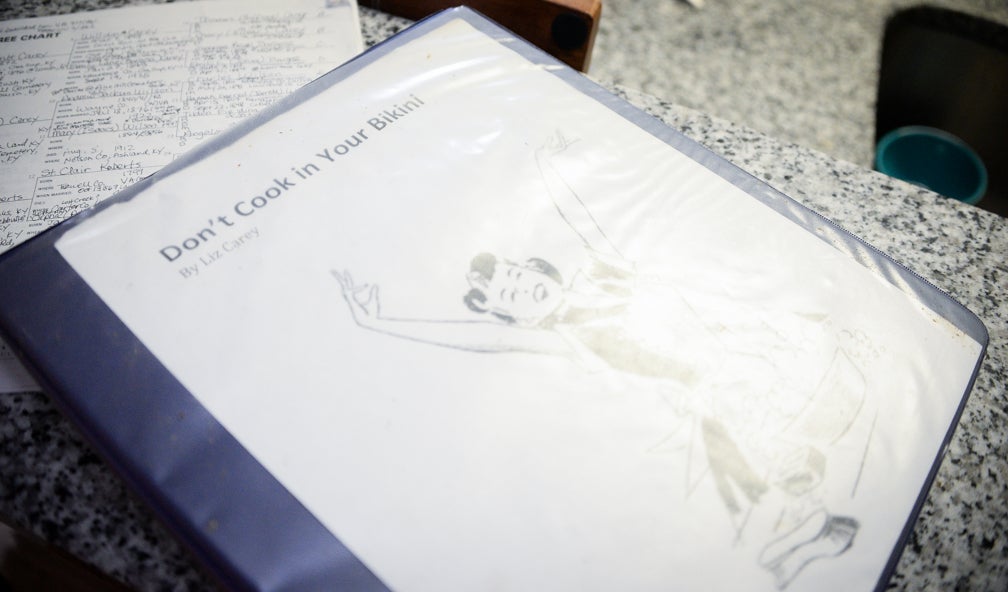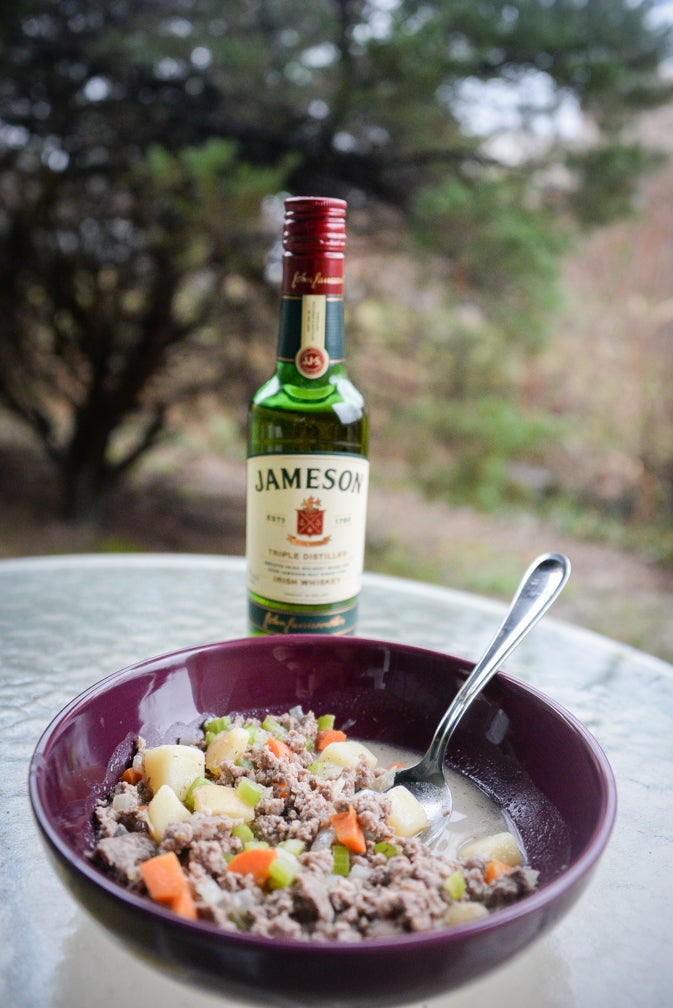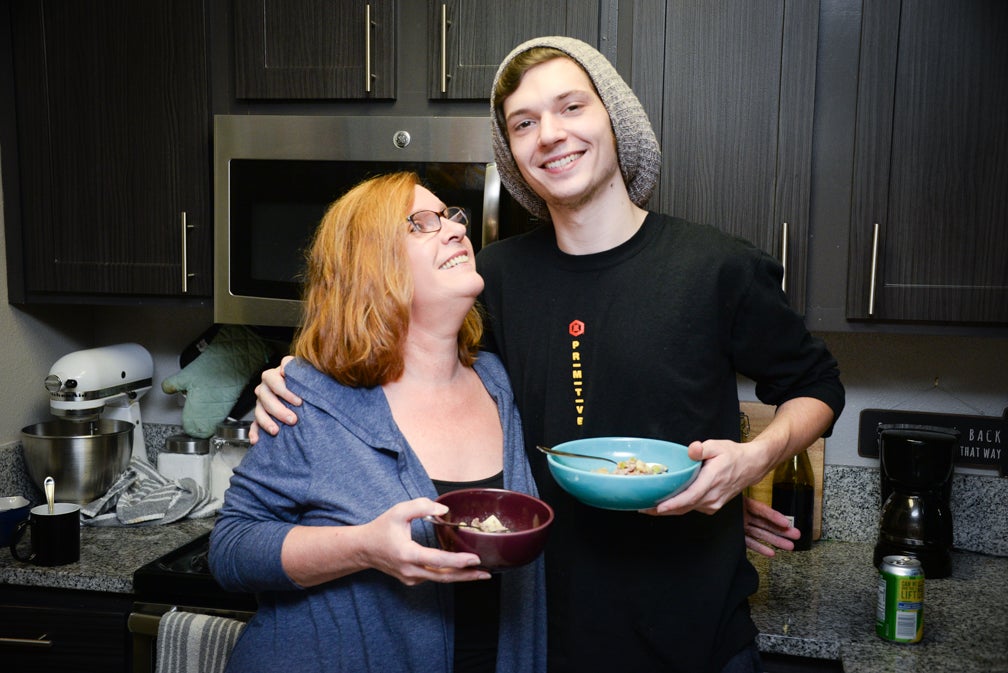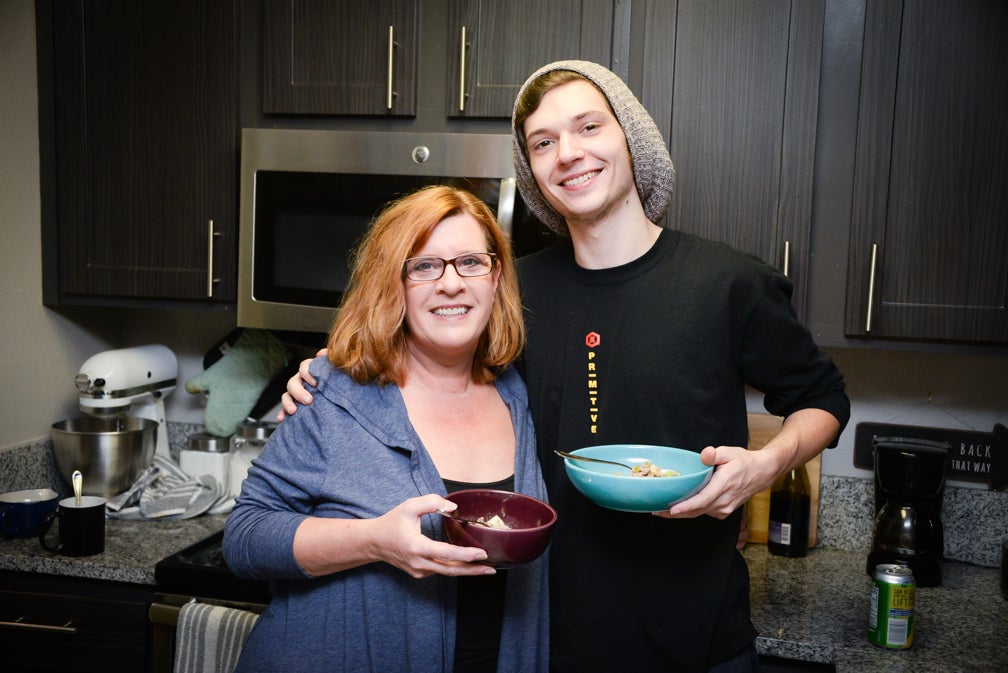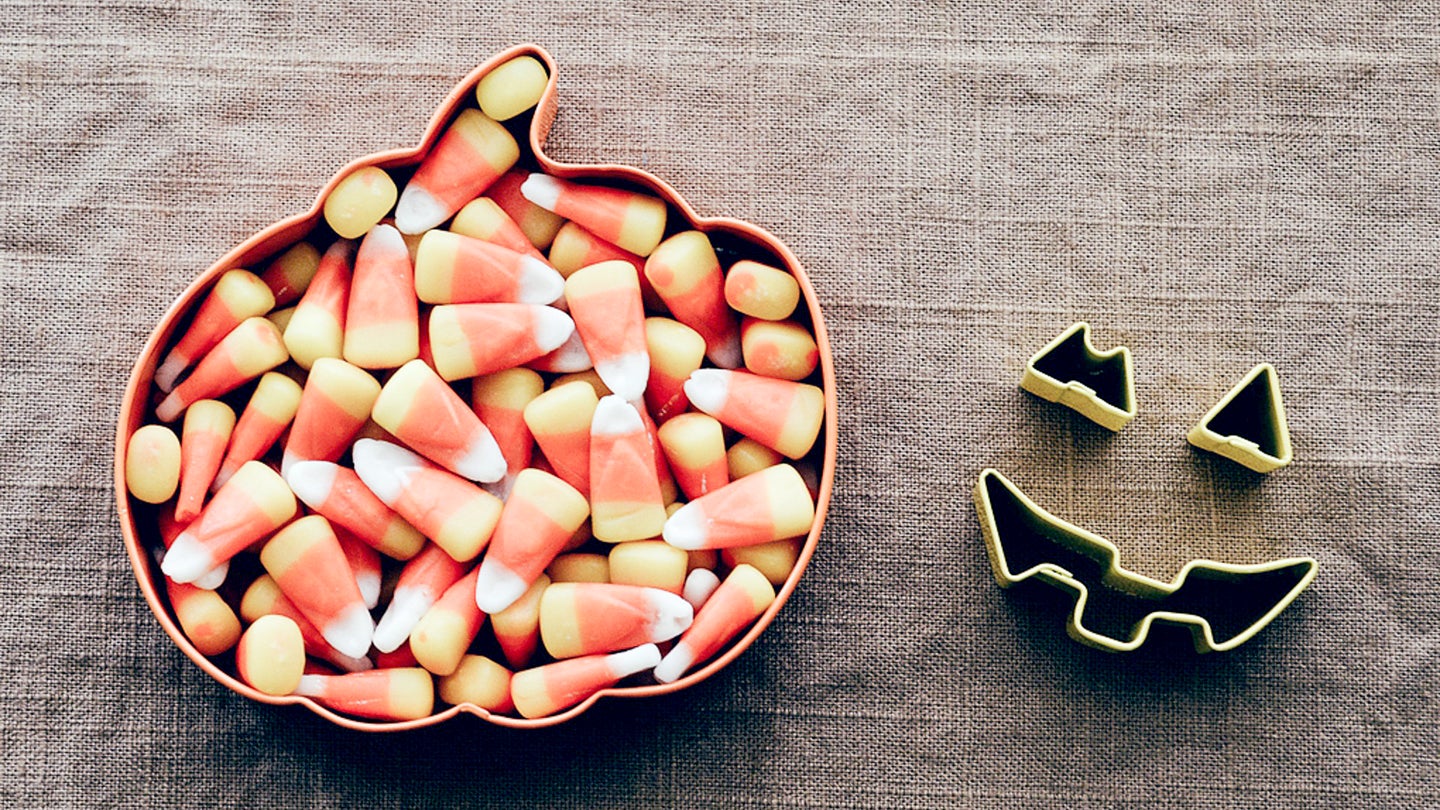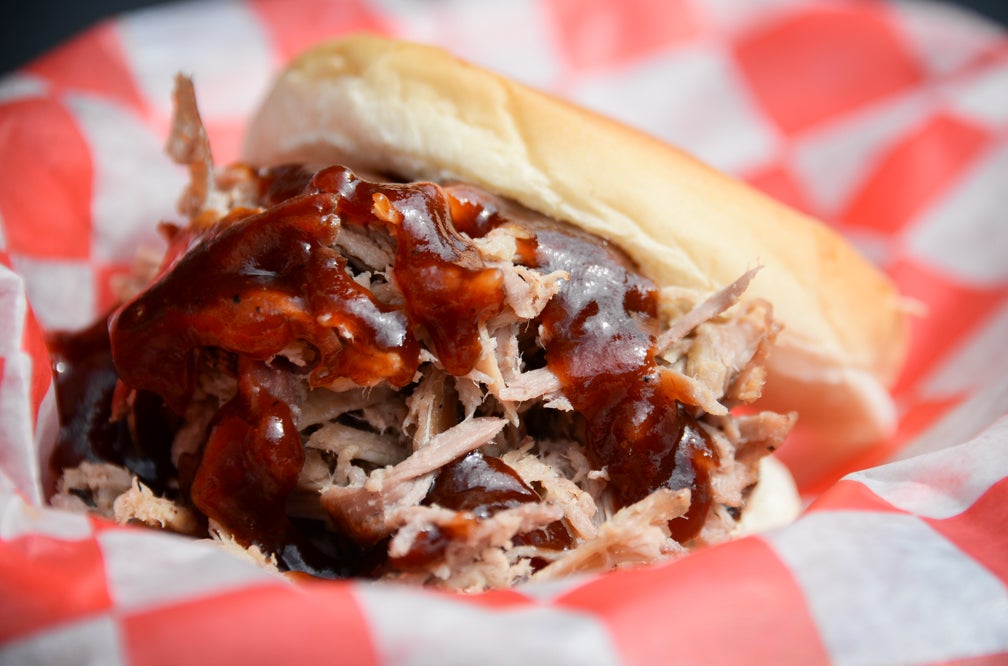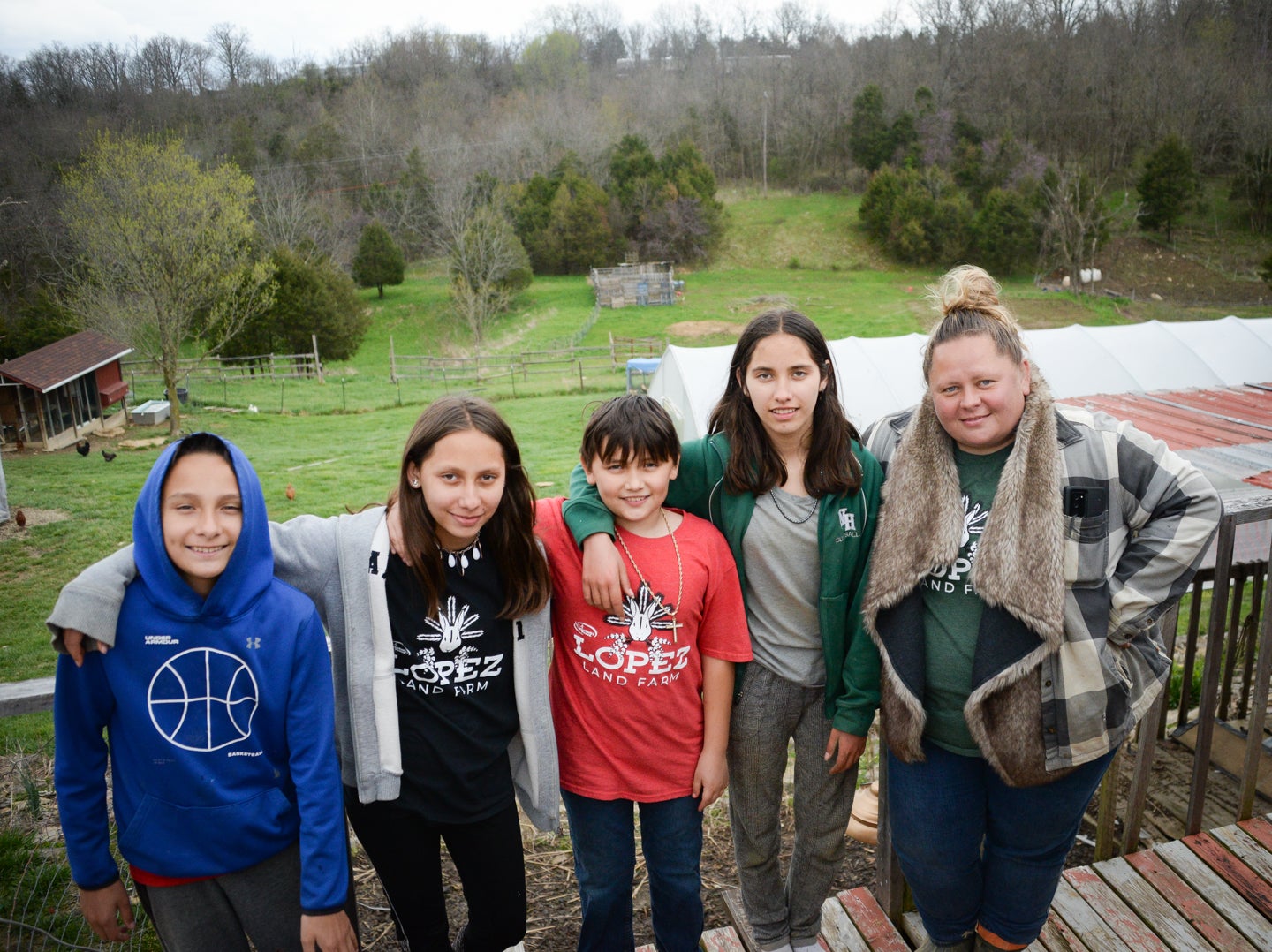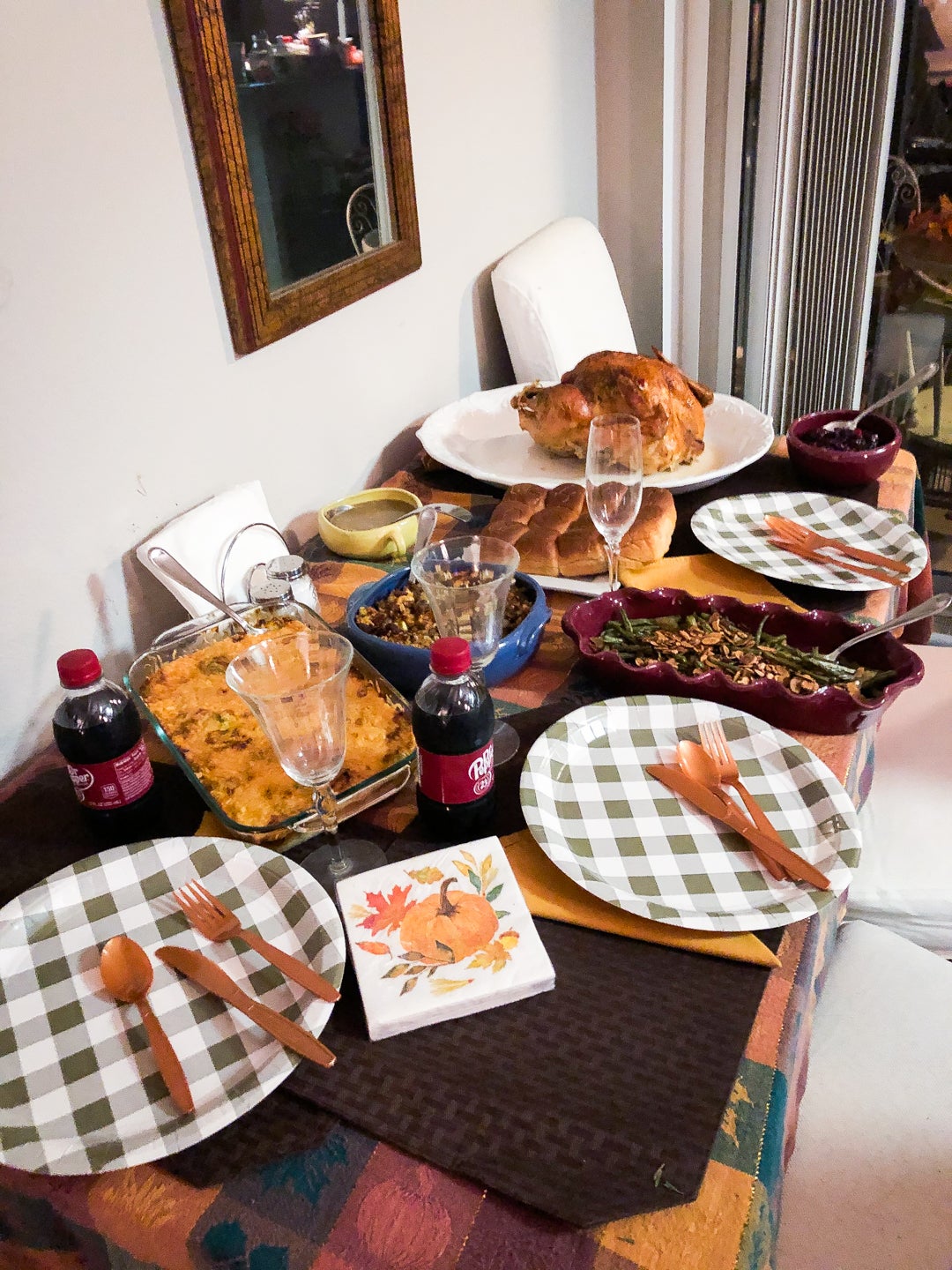For years, growing up, I was told I was as Scot/Irish as they come.
In elementary school, I remember, one St. Patrick’s Day, I came downstairs dressed in what little green clothing that I had, only to be admonished by my Dad that our Irish didn’t wear green.
I distinctly remember looking at him like he was crazy.
“We’re protestant, honey,” he said. “We’re not green Irish. We’re orange Irish.”
It was significant to me because for the first time I was actually Irish, not one of the hundreds of wanna be Irish you see on St. Patrick’s Day.
And it was his mom, my Granny Carey, who told me how we were from County Kerry and our name had gotten mixed up at Ellis Island when we came over. She told me stories about women in our family with their Irish temper, high-spiritedness and how to have a “never take no for an answer” attitude.
Told often at the stove as I was being taught to cook, the stories of our past were handed down teaspoonful by teaspoonful, like seasoning in a few great dishes.
As a country though, there’s something in us all that wants to be Irish on March 17. A lot of our holidays in fact come from our Irish heritage. St. Patrick’s Day notwithstanding (he’s not even Irish, you know… he’s most likely Welsh and he only came to Ireland because he was kidnapped by Irish pirates when he was a kid. After he was released, he returned to Ireland as a missionary where he eventually drove the snakes to their doom), our celebrations stem from our immigrant Irish roots.
St. Valentine for whom we celebrate Valentine’s Day is buried in Ireland. Supposedly, he died in Rome, but his remains were gifted to an Irish priest in the 17th century who exhumed his body and reburied them at Whitefriar Church in Dublin. Even the tradition of wreaths on our doors at Christmas started in Ireland, where it was tradition to place a ring of holly on the front door. And, of course, our Halloween celebrations stem from a tradition in Ireland called “Samhain,” where children traveled from door-to-door carrying lighted hollowed out turnips to ward off evil spirits.
For most of us, March 17 means yelling “Top o’ the morning to ya!” wearing green and drinking to excess, while acting like either a cockney-accented barmaid or a jig-dancing leprechaun. But for me, it was always a day to dig into my adopted culture.
I learned about colcannon or champ, black pudding with breakfast, a leftover coddle with plenty of soda bread to mop up the juices, and boxty pancakes with anything. The potato reigned supreme, and I learned to love simple ingredients that made exquisite dishes, much like Kentucky cooking.
And it turns out, due to some diligent research by one of my cousins, that we really do have Irish roots. Thomas Michael Carey came to America from Ireland in 1855 after marrying his bride, Mary (Ellear) Carey. They settled in what came to be known as Carey’s Run, Ohio, before moving to Lawrence County. It was there, in Louisa, that my grandmother, Grace Marie Roberts, married William Andrew Carey and started a family on a farm called Cat Creek.
I learned to cook at the hip of my grandmother, my Aunt Sue and my mom. Any time I went to my grandmother’s house, there was a pot of green beans with bacon and potatoes on the stove, alongside a never empty percolator of coffee. She stored bacon grease under her kitchen sink and her recipes included words like “a handful of grease — about the size of a small egg.”
This, of course, is how I cook now, and how I wrote a cookbook for my sons Mason and Kevin. Filled with all of the recipes we ate as a family, the book includes recipes I made up as well as those we adapted over the years. And, while most of them do actually have measurement, a few are taken from family recipes and include approximations.
Naturally, this drives my youngest son, Kevin, nuts.
“Mom… MOM!” he’ll say when I’m teaching him to make something. “What was that? A tablespoon of salt? A teaspoon? You can’t just pour a bunch of salt in your hand and say ‘Okay, that looks right.’ You need to measure it out! You can’t just make stuff up like that.”
Years ago, a few friends and I were organizing a St. Patrick’s Day parade in Anderson, South Carolina, and I decided we needed to advertise it by celebrating Irish food. Unfortunately, the only thing going on in Anderson at the time was a chili cook-off. So, just for grins and giggles, I decided to enter the contest by making an Irish Chili.
Now, suffice it to say, there’s no ground beef; there’s no beans; and there’s no tomato sauce. So technically, it’s not chili. But that doesn’t mean it isn’t good. It’s like an Irish stew, without the mutton, and pumped up flavor courtesy a dash or two of Irish Whiskey. And, because it’s not technically chili, it didn’t win.
But, it did make it into the cookbook. And, it is one of the dishes my boys loved at the time.
Now, as I teach them both to cook, it’s up to me to hand down those drops and dregs of our history, of how our family came to be, and all of the stories that, teaspoonful by teaspoonful, will season the rest of their lives. And, for my son’s sake, I’ll use measuring spoons.
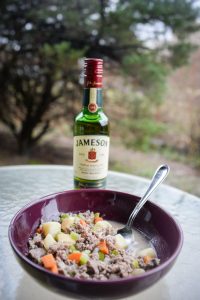
(Photo by Hannah Brown)
Irish Chili
(recipe serves 6-8 people)
Ingredients:
1 onion, diced
1 tablespoon olive oil
3 carrots, diced
3 stalks celery, diced
2 teaspoons garlic powder
½ pound sausage with sage
1 pound ground lamb
1 cup chicken stock
salt and pepper, to taste
1 teaspoon parsley
1 14-ounces can diced potatoes
2 tablespoon sour cream
2 to 3 shots Irish whiskey
1 tablespoon dill
Directions:
Sauté carrot, onion and celery in olive oil until tender. Season with salt and pepper and garlic powder to taste. Remove veggies, sauté sausage and lamb until browned. Return veggies to pot. Add whiskey, chicken broth, potatoes and parsley, let simmer for 15 to 20 minutes. Add sour cream and dill. Heat through.

